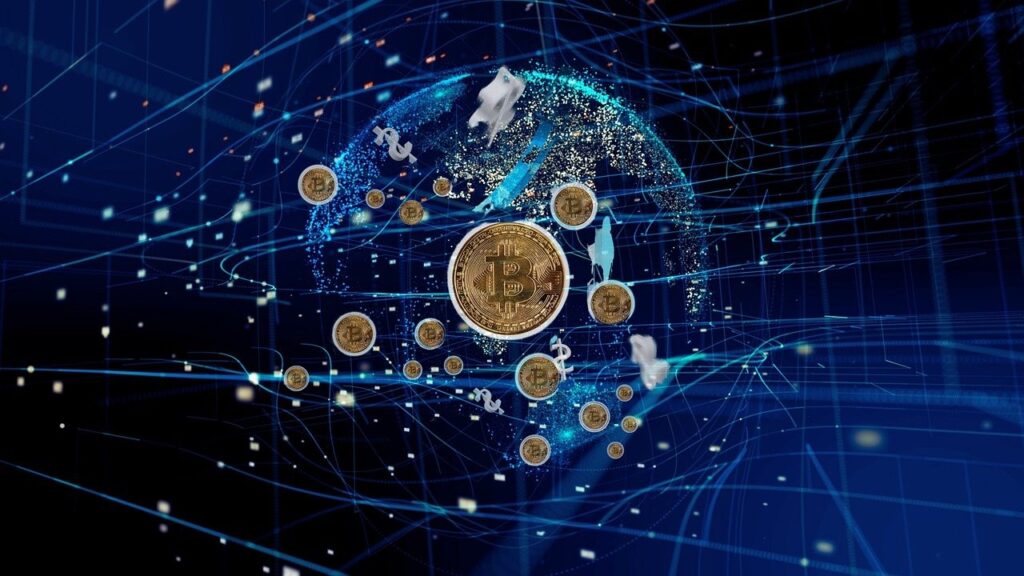Cryptocurrency Mining – Unveiling the Secrets Behind Generating Digital Assets
Cryptocurrency mining is the backbone of many digital currencies, including Bitcoin, Ethereum, and others. It is the process through which new coins are created and transactions are verified on a decentralized network. While the concept may seem complex, understanding the basics can shed light on the mechanisms driving this innovative industry. At its core, cryptocurrency mining involves solving complex mathematical puzzles. These puzzles are integral to validating and securing transactions on the blockchain network. Miners compete to solve these puzzles, with the first one to find the correct solution earning the right to add a new block of transactions to the blockchain. This process is known as proof-of-work, and it ensures the integrity and immutability of the blockchain. One of the key components of cryptocurrency mining is the mining hardware. Specialized computer hardware, such as ASICs Application-Specific Integrated Circuits for Bitcoin and GPUs Graphics Processing Units for Ethereum, are commonly used for mining. These devices are designed to perform the complex calculations required for mining efficiently and are crucial for maintaining the security and stability of the network.

In addition to hardware, miners also need software to connect their hardware to the blockchain network. Mining software facilitates communication with the network and allows miners to participate in the mining process effectively. It also provides features such as monitoring mining performance, adjusting mining settings, and managing payouts. Energy consumption is a significant aspect of cryptocurrency mining. Mining operations require a substantial amount of electricity to power the mining hardware and keep it running 24/7. As a result, the environmental impact of mining has come under scrutiny, particularly in regions where electricity comes from non-renewable sources. Efforts are underway to develop more energy-efficient mining technologies and promote the use of renewable energy sources in mining operations. Mining rewards serve as an incentive for miners to participate in the network and contribute their computing power. For example, the best crypto tools receive a reward in the form of newly minted bitcoins, along with transaction fees, for each block they successfully mine. Similarly, Ethereum miners are rewarded with ether for their efforts. These rewards provide miners with an economic incentive to secure the network and maintain its integrity.
The mining process also plays a crucial role in the distribution of cryptocurrencies. By participating in mining, individuals and entities can acquire digital assets directly, rather than purchasing them from exchanges. This decentralized distribution model helps promote broader participation in the cryptocurrency ecosystem and prevents centralization of wealth. However, mining is not without its challenges. As cryptocurrencies become more popular, competition among miners intensifies, making it increasingly difficult to mine new coins profitably. Additionally, regulatory uncertainty and technological advancements pose ongoing challenges to the mining industry. Despite these challenges, cryptocurrency mining continues to evolve and adapt to changing market conditions. Innovations such as proof-of-stake and other consensus mechanisms offer alternative approaches to securing blockchain networks while reducing energy consumption. Additionally, advancements in hardware and software technologies improve mining efficiency and enable miners to stay competitive in the market. Cryptocurrency mining is a fundamental process that underpins the operation of blockchain networks and the creation of digital assets.

